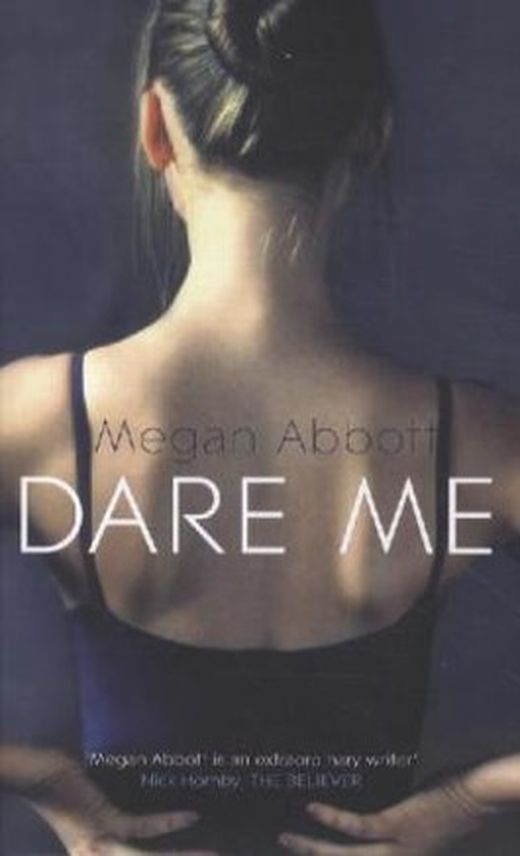

Those are real cheerleaders in Bring It On and they’re doing competition cheer but it’s a comedy and meant to be pop fun.

I just couldn’t believe I’ve never seen cheerleading depicted this way. There are these stereotypes of young girls as these selfie-taking, vain, vapid creatures when all young women are roiling with these complicated feelings. It’s a metaphor for girlhood in general too. It lets them do really anything they want, it gives them this freedom, because they’re doing these wildly risk-taking stunts. It’s really a mask these girls have to wear and want to wear to protect them. It’s a beautiful metaphor for how women at that age, and even in her 20s, have to plaster on a mask of perfection or apathy or pleasure in order to make it through their world.Ībbott: It is such an American icon, the all-American cheerleader and their smiles. A lot of the women on our show are actual gymnasts and cheerleaders.

It’s a gymnastic sport that is very dangerous and very intense. Not a lot of people know about the more athletic side of competitive cheerleading. The show is more interested in the athleticism - and the militant nature of that kind of athleticism - than it is about cheerleading and that’s why the show feels so different than other things that have focused on the more peppy side of cheer. It is a beautiful backdrop of the series and very poetic in the way it demonstrates the relationships the girls have to themselves and it is a vehicle for understanding those characters more deeply. How does Dare Me take a different look at the darker aspects of that sport?įitzgerald: The show is not about cheerleading. There have been so many depictions of the world of high school cheerleading in pop culture already, with the most famous being Bring It On.


 0 kommentar(er)
0 kommentar(er)
